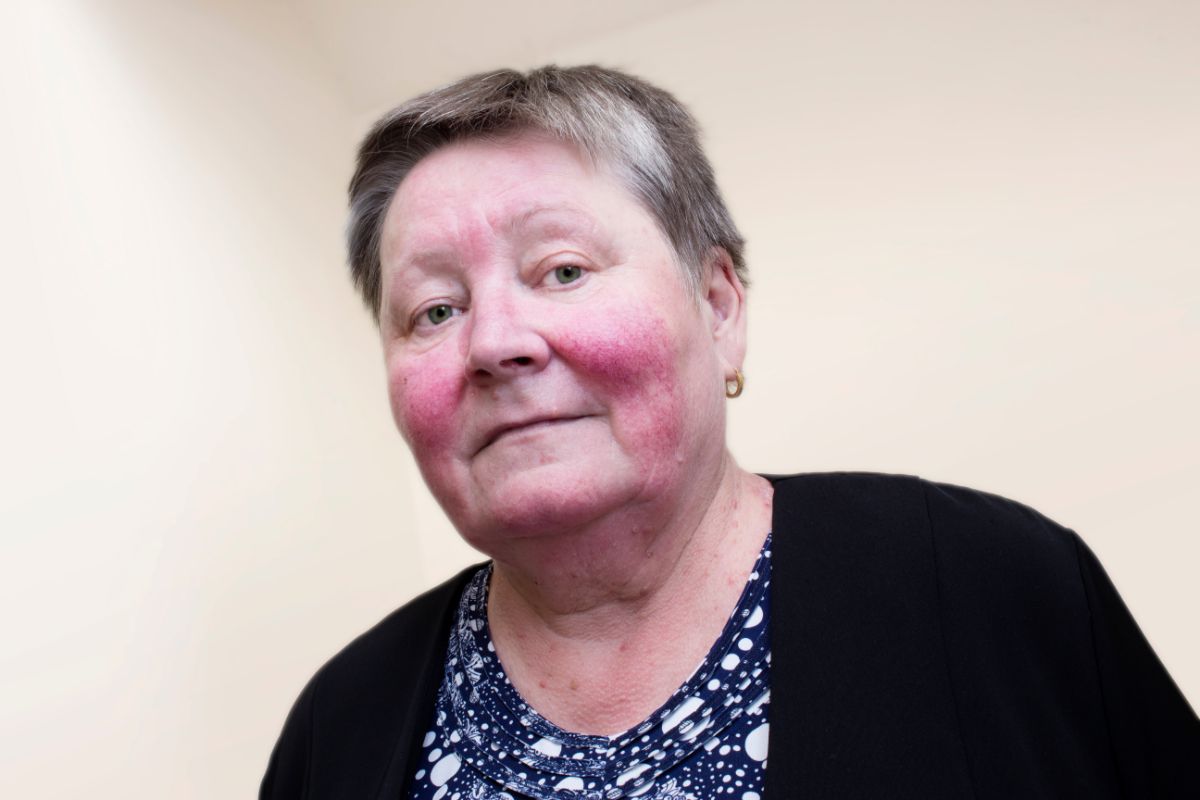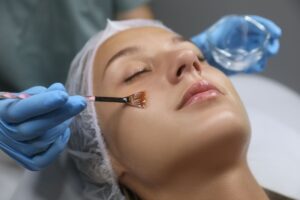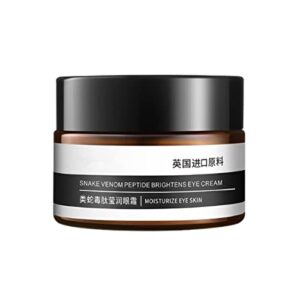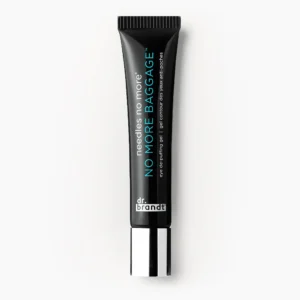When a rash shows up on your face, it’s easy to mistake it for acne. But that blotchy red skin is actually a medical condition called rosacea.
This condition typically begins with flushing that lasts a long time around your nose and cheeks. Later, small blood vessels and pus-filled bumps show up on your face.
Table of Contents
The Symptoms
The main symptom of rosacea is redness on the face, especially around the nose, chin, and forehead. It can also appear on the neck, chest, and ears. It may become more pronounced in people with darker skin. People with rosacea may also have bumps and pimples (acneiform lesions) that filled with pus or oil. The skin may feel dry and scaly, and the nose can develop thickening and enlarged blood vessels. The eyes may become irritated and watery, and the eyebrows may grow straggly or thin. In rare cases, rosacea can cause the cornea of the eye to become inflamed and damaged, which called keratitis and could threaten your sight.
Your doctor can tell whether you have rosacea from the typical changes in your appearance and by asking questions about your symptoms. They may also refer you to a specialist (skin doctor) who can diagnose it by examining your skin. Some patients find that taking long-term antibiotics helps to control their rosacea and improves their quality of life.
In a survey by the National Rosacea Society, nearly 90 percent of rosacea sufferers reported that their condition had lowered their self-esteem and confidence. It had also caused them to avoid public contact or cancel social engagements. However, almost 70 percent of those who received medical treatment found that it significantly improved their emotional and psychological well-being.
There is no cure for rosacea, but treatment can help to lessen the redness and blemishes and clear up bumps and pimples. Your doctor will prescribe a cream or gel that reduces flushing by constricting blood vessels, says Tsippora Shainhouse, MD, a dermatologist in Los Angeles. If you have a severe case with papules and pustules, they might prescribe oral antibiotics. You might also need a special prescription for a topical medication against the mite demodex, which can be very effective in clearing papules and pustules.
Some patients find that avoiding spicy foods, alcohol, and other triggers can help to prevent a flare-up. Some people might also benefit from a healthy diet, using an electric shaver when shaving, and moisturizing daily with oil-free products.
The Diagnosis
If you think you have rosacea, your doctor can tell whether it is based on your symptoms and history. Other medical problems can look similar to rosacea, so your doctor will want to make sure it isn’t something else. For example, a skin condition called acne may have bumps that resemble the red and pus-filled pimples of rosacea, and the age of the person and their personal history of acne can help determine whether it is or not.
People with rosacea often have eye problems, too. These include red, watery or bloodshot eyes that feel gritty or as if there is something in them. This called ocular rosacea and it’s important to treated right away because it can lead to permanent vision problems.
The exact cause of rosacea isn’t known, but it might be due to sun damage to the blood vessels in the face, genetics, overactive immune system, or certain things that trigger flushing (such as alcohol, spicy foods, stress). It also might run in families and usually affects women more than men. It’s important to see a dermatologist (skin doctor) for diagnosis and treatment.
Your doctor can give you medicine to treat the symptoms of rosacea. These are usually antibiotics that you take orally (as pills, gels or creams). They can improve the bumps and pimples of rosacea. Some doctors also use laser treatment to reduce visible blood vessels and redness.
If the condition gets worse, your doctor may recommend surgery to correct nose disfigurement caused by rosacea (called rhinophyma). Occasionally, complications directly affecting the eye can occur, such as keratitis. These are rare and need to treated right away because they can lead to permanent loss of vision.
Keeping a diary of when your symptoms come and go can help you and your doctor pinpoint what might trigger them. Then you can avoid these things. To help prevent your symptoms, wear a broad-spectrum sunscreen every day and avoid touching your face. A skin-friendly facial cleanser and a noncomedogenic (non-oily) moisturizer will help keep your face hydrated.
Rosacea Treatment
The most common treatment is topical medications, such as azelaic acid, metronidazole and sulfacetamide/sulfur, which help reduce inflammation that causes pink bumps to appear. Oral antibiotics and a retinol (like tretinoin) may also use. Some patients will benefit from a light-based therapy such as pulsed dye laser or intense pulsed light, which can be useful in the telangiectatic type of rosacea. In severe cases, a topical brimonidine or oxymetazoline can use to constrict the blood vessels in the face, which reduces flushing and redness. For severe vascular rosacea, a medication called ivermectin can be helpful in controlling the growth of the microscopic skin mites that are common in rosacea.
Some of the symptoms of rosacea can controlled with lifestyle changes, such as avoiding hot or cold weather, spicy foods and alcohol, which may trigger your rosacea flare-ups. You should always wear sunscreen and use skincare products that are gentle enough to work with your rosacea. Your dermatologist can recommend specific skincare for you, including a cleansing gel or cream with salicylic acid or azelaic acid. Medicated face masks can also be helpful for some people with rosacea. You can find some skincare products that specifically formulated for rosacea at your local drugstore or department store.
In a few cases, especially in men, the most severe form of rosacea can cause a thickening of the skin on the nose and cheeks, resulting in a bulbous or swollen appearance. In addition, the skin may feel rough and scaly. Occasionally, rosacea can spread beyond the face to the neck, chest and ears. In surveys, over 90 percent of people with rosacea reported that their condition had lowered their self-esteem and confidence, and many avoided public contacts or cancelled social engagements as a result.
There is no cure for rosacea, but treatments can significantly reduce your symptoms and improve the appearance of your skin. To avoid having flare-ups, be sure to follow your dermatologist’s suggestions for managing your rosacea, and keep a record of your triggers to know what things will make your rosacea worse.
Rosacea Prevention
Although it isn’t curable, rosacea can prevent and kept in check by avoiding triggers. These triggers can include heat, especially hot baths and saunas; the sun and UV rays; wind; spicy foods; alcohol and caffeinated drinks like coffee and tea; and medications including ivermectin (to treat rosacea-like skin on the nose and cheeks), metronidazole, oxymetazoline (used to reduce blood pressure), and brimonidine (to decrease redness by temporarily constricting the blood vessels). Certain medical conditions can also cause rosacea flares such as chronic cough, menopause, and caffeine withdrawal syndrome.
Stress is another common trigger for rosacea. Regular exercise and relaxation techniques such as meditation or yoga may help. Avoid irritants by using a gentle, fragrance-free moisturizer and avoiding harsh skin care products. If your skin is sensitive, use a humidifier and keep it well-hydrated. If you must wear a hat or scarf, choose one made from silk or acrylic rather than wool or other rough-feeling fabrics, as these can cause facial irritation.
Some people’s rosacea flare-ups can exacerbate by food, such as dairy products and spicy foods. Keeping a diary of what affects your symptoms and eliminating those items can help you identify the food and other things that trigger your rosacea.
Wear sunscreen every day
In addition, it is a good idea to wear sunscreen every day, all year round. A broad-spectrum product with an SPF of 30 or higher recommended. Avoid the sun’s strongest rays between 10am and 3pm, and wear a wide-brimmed hat and sunglasses to protect your face and eyes.
If your eyes affected by rosacea, avoid eye makeup and choose cosmetics that can easily washed off with water or lukewarm shower water. If you must wear eye makeup, try a water-based mascara or eyeliner and a water-resistant foundation. Avoid greasy or oily eye products as these will clog pores and make your rosacea worse. Lastly, use an electric razor instead of a manual blade to prevent irritation and avoid nicking or scratching the skin around your nose and cheeks. You can also soothe irritated skin by applying a calming gel to the area.







